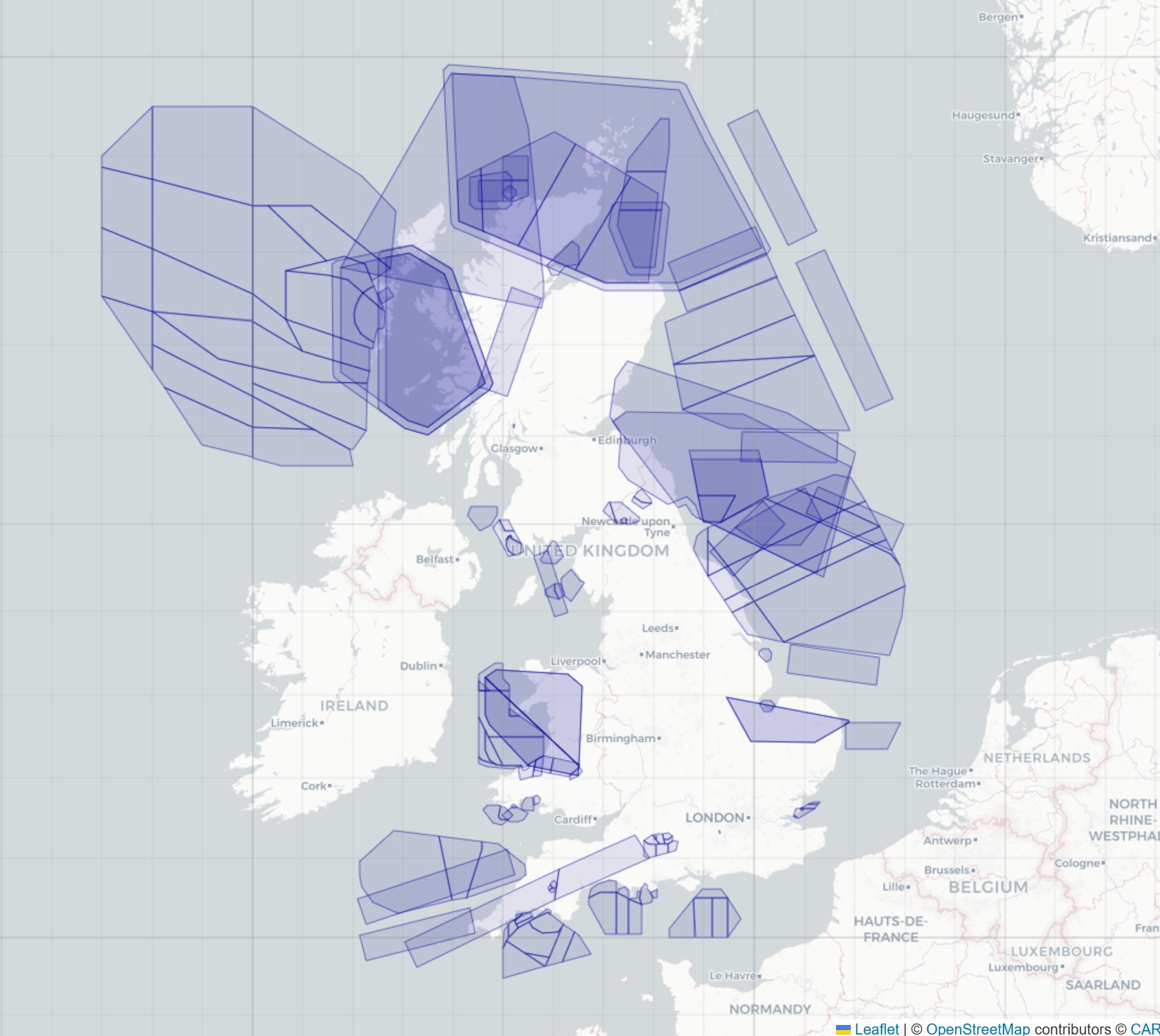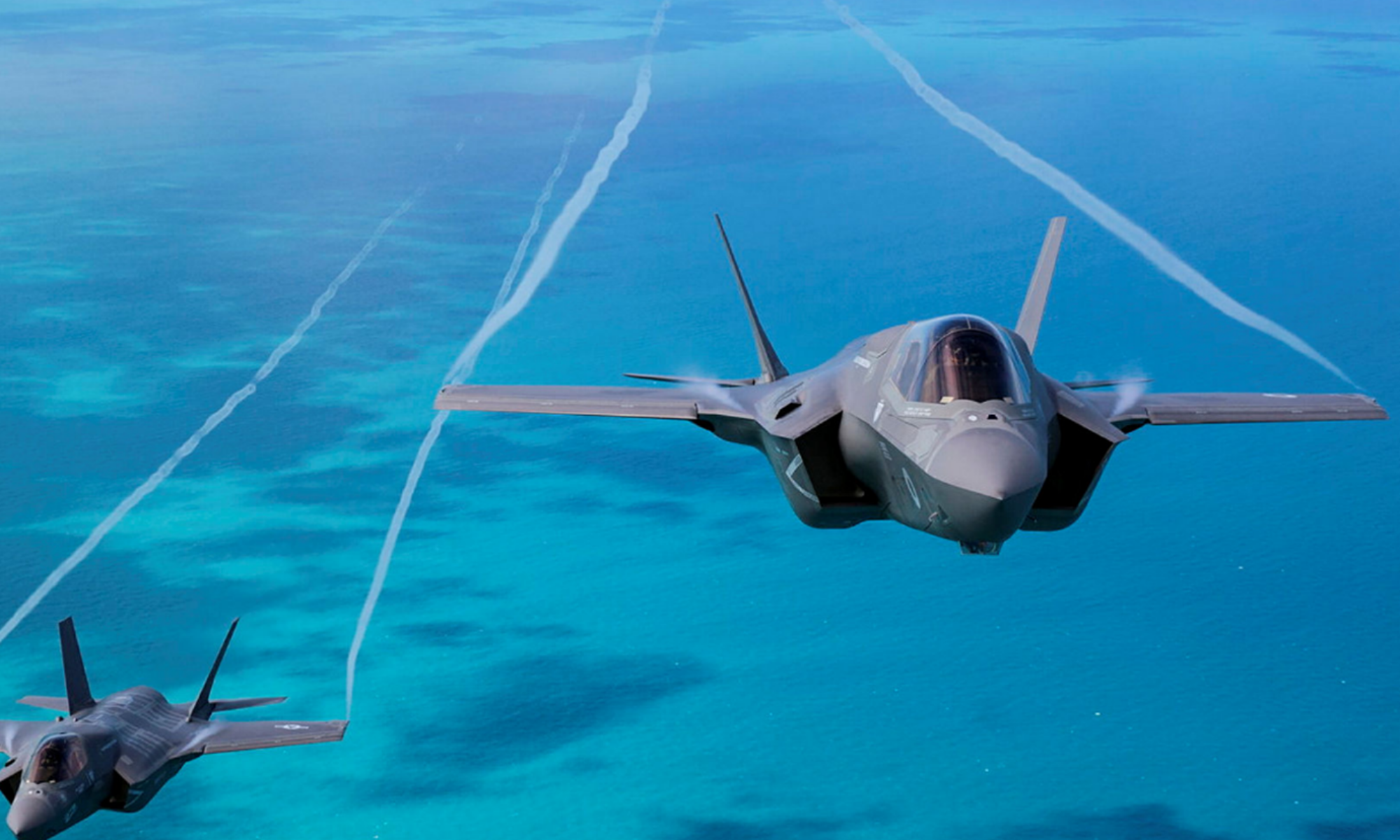The need for live flying training for air forces
For western militaries who have reduced their combat air fleets since the mid-1990s, there is an imperative to maximise training for their 4th, 5th and, in future, 6th Generation fighters. Sensor and weapons ranges have increased and, with the reduction in live flying in favour of synthetics, every flight hour is precious.
A war in Europe, increasing instability in the Middle East and a growing threat from China has focussed the need for realistic and collaborative training, and yet, the same basic airspace structures and Special Use Airspace (Box 1) has been in existence for decades. Air force thought leaders see that this construct is no longer fit for current, nor next generation air forces that require coordinated, collaborative multi-domain training; utilising Red Air, EW, tankers, crewed & uncrewed vehicles in a Live Virtual Constructive environment that could (and should) extend across FIR boundaries. This is increasingly important as the F-35 user community grows across the European NATO countries and with the USAFE.
Box 1: Special use airspace
Military exercises are carried out in ‘Special Use Airspace’ (SUA). Airlines route around these areas when they are active (‘hot’), for obvious safety reasons, and can fly through them when they are inactive (‘cold’). Below are the main SUAs for the UK, but note that these are not always activated.

Why the scarcity of airspace is an issue
NATO States have now committed to deploying up to 750 F35s in Europe by 2033, including those of USAFE, mostly based at RAF Lakenheath. Deploying these aircraft to full capability requires extensive Force Generation exercises, which States are struggling to accommodate given the current limits of airspace reservations (RSAs / SUAs) set against the demands of F35 sensor and weapons ranges. Force Generation is the purpose of air forces, and visibility of effectively coordinated exercises acts as a strong deterrent to NATO’s adversaries.
Alongside the demands on airspace from the F35, and other 5th generation fighters, there are growing demands on airspace through civil traffic growth and new aircraft types, as society embraces Uncrewed Air Systems (UAS), Advanced Air Mobility (AAM), High Altitude Long Endurance (HALE), and Space Launch and Recovery operations.
This growth in both civil and military demands for airspace must also be set against the commitment of European governments to Net Zero by 2050. The challenge is to grow traffic, maximise Force Generation and minimise emissions. Airspace has a key role to play in meeting this challenge as: (a) there is currently a lack of appropriate special use airspace to support live flying; and (b) geographically fixed volumes of special use airspace are not conducive to optimum civil flight routing.
The future deterrence of Europe depends on air forces increasing the amount of live flying
The concept of the ‘flexible use of airspace’ (FUA) has been implemented in Europe for 25 years. Flexibility means that military users book the airspace that they plan to use, use it, and if they no longer need it for the day of operations, they return it to civil use. In doing this the military have no sight of the routes that are most useful to airlines. They book the fixed geographical areas they want, and the airlines submit flight plans that fly around those areas.
Because civil flight trajectories are influenced by winds, each day has a new optimum trajectory, but there is no change in the routing because the special use airspace is fixed. So, on some days the special use airspace booked by the military is blocking significant traffic flows, on others it blocks minor flows.
Can we re-engineer the system to be more flexible?
To reduce the impact on civil flights and deliver more daily training we see the need to leapfrog the next incremental changes in special use airspace with a bold conceptual and technological step.
This means a new paradigm about how we design and manage airspace.
Counterintuitively, we believe we should make special use airspace larger, but more finely structured. With more space to plan exercises in, we can shape exercises to fit the mission, the traffic flows and therefore the climate; avoiding heavy civil traffic flows allows for larger airspace volumes at the same time as giving civil flights shorter paths, saving fuel costs and emissions (Box 2).
This is beyond the current flexible use of airspace, giving fluidity to the whole airspace, shaped by winds on a daily basis. This is ‘smarter airspace management’ and the implications for special use airspace are profound, so that it is:
- enlarged, potentially by 50-100% – imagine joining areas across the North Sea;
- activated according to impact on civil traffic flows, not fixed volumes – imagine minimising the impact on civil flights before they flight plan;
- finely segmented, comprising elemental volumes that are 5-10NM in area by 5000ft in altitude – imaging shifting an exercise by 10NM to finesse a carbon reduction;
- divided into training volumes based on daily mission needs not predefined segments – imagine planning the mission being allocated the airspace volume that is just right;
- as tightly packed as mission volumes and safety buffers require – imagine accelerating training through more exercises in parallel.
In an industry that changes glacially, this may seem a big leap, but it is not rational to meet the challenges of this century with incremental solutions. And the solutions are not so much bold as living up to the expectations of what the civil-military concept of the ‘Flexible Use of Airspace’, introduced just twenty-five years ago, should mean.
These ideas align with other concepts, particularly the SESAR Dynamic Management of Airspace and Military Mission Trajectory concepts. This has even been referred to in SESAR as ‘floating’ military airspace1.
Box 2: Because airspace is fixed, it is rarely efficient
Ever since it was introduced, special use airspace has comprised large volumes of airspace fixed geographically. Over the same period, civil flights have improved their efficiency by incorporating preferential winds into their flight planning; flights are more efficient when they avoid headwinds and take advantage of tailwinds. Given the wind changes day to day, but the special use airspace is fixed, there is rarely a day when the optimum flight can be achieved.
Smarter airspace will accelerate sustainable aviation
Around the world, governments are placing increased pressure on all sectors of the economy to decrease carbon emissions in line with the IPPC’s 1.5 degree global warming target, also referred to as Net Zero 2050. These demands also include Defence. In the UK, the MoD accounts for approximately half of government carbon emissions and 40% of this is the responsibility of the Royal Air Force; most caused by burning aviation fuel.
The RAF is working on new fuels to meet its Net Zero obligations, but there are other levers that it can pull. Through the smarter airspace concept, we can use airspace in a way that minimises interactions with civil traffic flows, reducing civil aviation emissions at the same time as increasing military mission effectiveness.
What tools are needed?
The tools for smarter airspace management are being developed by Airspace Unlimited, and their development has been supported by the UK’s Airspace Modernisation Strategy Fund. From our interactions with the RAF over the last two years we have been encouraged around these bold concepts.
During 2024 we developed airspace design tools to rapidly assess multiple hypotheses for design and management of the airspace, with realistic traffic flows with winds and route charges factored-in. Being able to design airspace changes and concurrently measure the impacts on traffic means we can drastically speed up airspace change and re-envisage how multiple users can use the skies above us in the most effective and efficient ways.
We are delivering these tools as a tiered capability to transform airspace, to support States in: analysing the airspace to understand how it may be improved; designing the airspace to be more flexible, using ‘Variable Profile Area’ 5-10Nm design rules; and ultimately managing the airspace on a rolling 24-7 basis.
Our medium-term goal is to reduce the impact of special use airspace on civil flights and save 1% of civil flight time, which could amount to 2Mt CO2 saved a year across European NATO States. In the shorter term we are focusing on highly-modular ‘Variable Profile Areas’. By disaggregating airspace into elemental volumes, say 10Nm x 10Nm x 5000ft, we can pack more exercises into existing airspace design. This means we can achieve more exercises on a daily basis and accelerate training and force generation programmes, all while reducing the interaction with civil traffic flows.
The future is in sight
Air Forces, including the Royal Air Force, are seeking to optimise, to get the best out of what they have; however, they are constrained in their training while attempting to increase combat effectiveness. It simply doesn’t make sense to conduct live training in airspace that is not fit for purpose – we should strive for the win-win-win scenario that airspace optimisation can bring.
This work is also addressed at the growing demands on airspace driven by multiple new users types: Uncrewed Air Systems (UAS), Advanced Air Mobility (AAM), High Altitude Long Endurance (HALE), and Space Launch and Recovery operations.
- SESAR Solution 04.07.07 Operational Services and Environment Description. ↩︎
